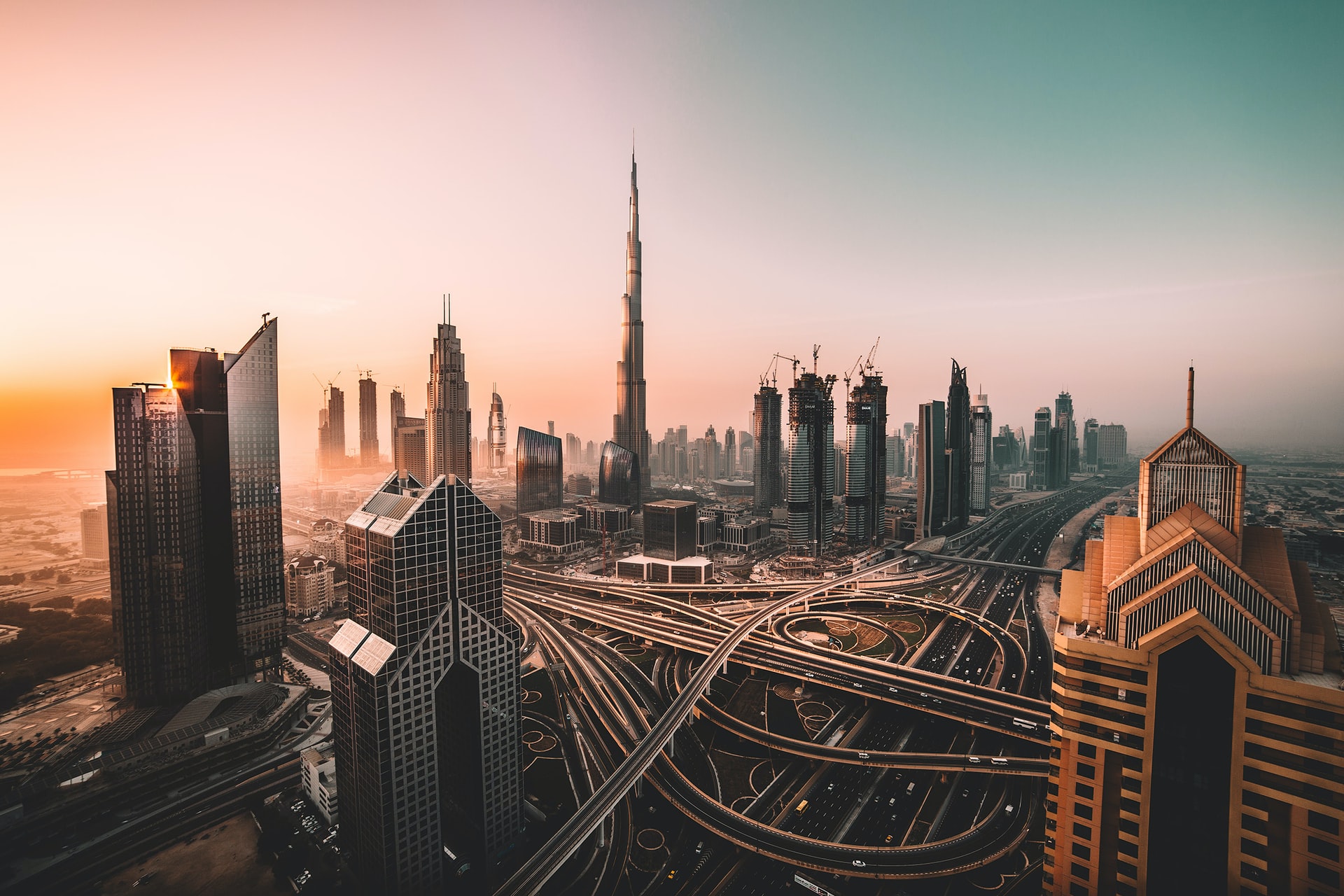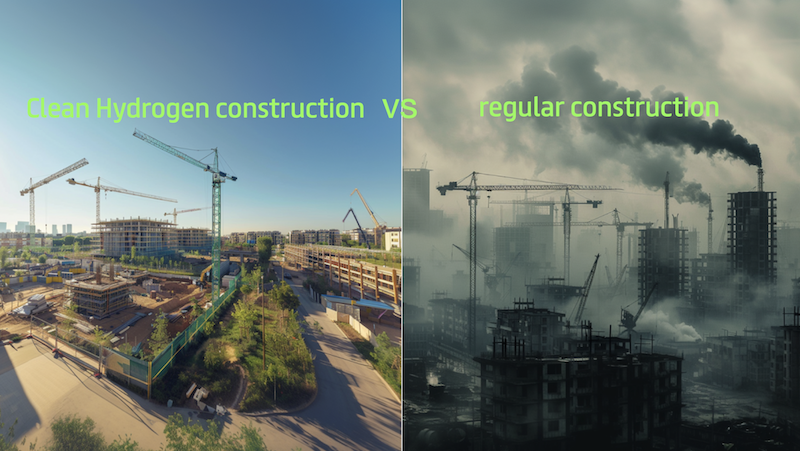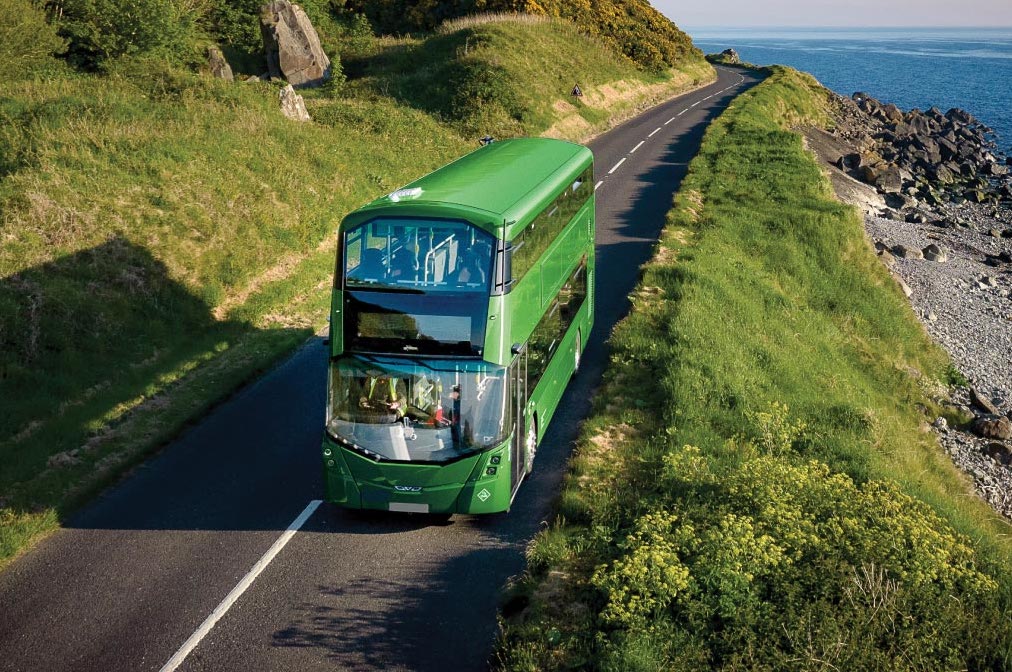“The future has a new home,” announces the website, “a virgin area that has a lot of beauty,” continues the voice over a souring string soundtrack, as the video flies over epic desert scapes and otherworldly blue waters; following up confidently with “Better humans, better society”.
And if Saudi Arabia succeed with building their proposed ‘world’s biggest green Hydrogen production plant’ to power this new city, the energy there will be better too.
Welcome to Neom, Saudi Arabia’s controversial and futuristic new ‘megacity’. Planned to open in 2025 Neom can apparently enable the country that has dominated in the export of crude oil for so long to become the world’s biggest producer of green hydrogen; a potentially massive new source of income that Saudi does not want Australia, China or Europe (three of the main competitors also ‘going long’ on Hydrogen), to steal a march on. As a result there have been rumours of displacement and minority marginalisation.

The site of Saudi-Arabia’s new ‘megacity’ Neom lies in the deserts on the shores of the Red Sea.
However, if Neom is up and running by 2025 as it aspires to be, then this ‘future’ really is on the doorstep, because three and a bit years will be gone before we know it. With governments and big businesses desperately trying to reach net zero, Neom poses the perfect opportunity for Saudi Arabia to demonstrate its extraordinary new megacity can be entirely powered by renewables. Hence their investment of $5 billion into the green hydrogen plant. Powered completely by limitless wind and sun Neom has all it needs to be one of the world’s biggest green hydrogen producers.
Green hydrogen must be produced by using renewable energy (from wind or solar) instead of fossil fuels, and according to the International Renewable Energy Agency the cost of production for a kilogram is expensive at just under $5. However, as the countries of the world finally realise they have no option other than to invest in clean energy solutions, Hydrogen has become the hot ticket with which to hit tough new emissions targets. As the industry scales up so the costs will rapidly fall, some say as low $1.50 per kilogram by 2030 for Saudi Arabia with their natural advantages, cheaper even than the hydrogen made from non-renewable sources today.
With huge swathes of (mostly) unused coastal land, never-ending sunshine and constantly blowing winds, the shores of the Red Sea in Saudi Arabia certainly have a lot going for them, as the Kingdom pushes its way into the global race to lower emissions, and capitalise on the huge prizes that await in the clean hydrogen energy market. The timing of this coastal vision coincides with the UK’s own recent successfully announced Freeport East Hydrogen Hub bid, which Rishi Sunak singled out in his March 3rd budget. These projects for the production of green hydrogen really are the tip of the iceberg, as hundreds of clean energy projects from all over the world are being announced in the race to net zero.

The UK can boast its own coastal hydrogen developments, as Felixstowe and Harwich ports are set to be at the centre of an innovative new project with the terminals powered by hydrogen.
Saudi Arabia will need to take full advantage of its wind and sunshine in order to transition from its historical dependence on oil dollars, and to transform a swathe of desert the size of Belgium into a renewably powered city.
“There’s nothing I’ve ever seen or heard of this dimension or challenge,” said Peter Terium the Managing Director for Energy, Water and Food at Neom, (a job title which means the buck essentially stops with him.)
“I’ve been spending the last two years wrapping my mind around ‘from scratch,’ and now we’re very much in execution mode.”
Saudi Arabia claim they will produce enough green hydrogen to maintain about 20,000 city buses. There are roughly 3 million buses operating worldwide.

Saudi Arabia will need to take full advantage of its wind and sunshine in order to transition from its historical dependence on oil dollars to renewable green hydrogen
The UK boasts the world’s first zero-emission Hydrogen double-decker buses, (Boris Johnson having promised 4,000 new zero-emission buses for the country); also several advanced projects which heat buildings with hydrogen, the EU is in the process of spending $500m on Hydrogen projects, China is deploying myriad commercial hydrogen vehicles, South Korea has recently allocated $16.5 billion (US) to hydrogen, and Japan has developed plans to manufacture its steel powered by hydrogen. The US presidential climate envoy John Kerry continues to convince his home oil and gas industry to embrace the “huge opportunities” of hydrogen, and has just visited the UK ahead of COP26 in November. All this is a clear demonstration of the international jostling for pole position, in the potentially extremely lucrative hydrogen market just at the start of its growth spurt.

Germany is just one example with great demand for green hydrogen, for which they’ve said they need “huge volumes”, and hope Saudi Arabia will be a key supplier
Saudi Arabia is certainly one to watch in the rapidly developing hydrogen market, that Bloomberg say could be worth more than $700 billion by 2050. Meanwhile thirteen nations already have their hydrogen strategies in place, and another eleven will shortly release theirs, of which the UK is one.
An example of the opportunities on the ‘hydrogen table’ comes from Germany who has said it needs “enormous” quantities of green hydrogen, and hopes Saudi Arabia will be a supplier.
“The interest Saudi Arabia has had from investors leads us to believe that there is a sound economic case for hydrogen, even at current prices,” a spokesman for the Energy Ministry said.






